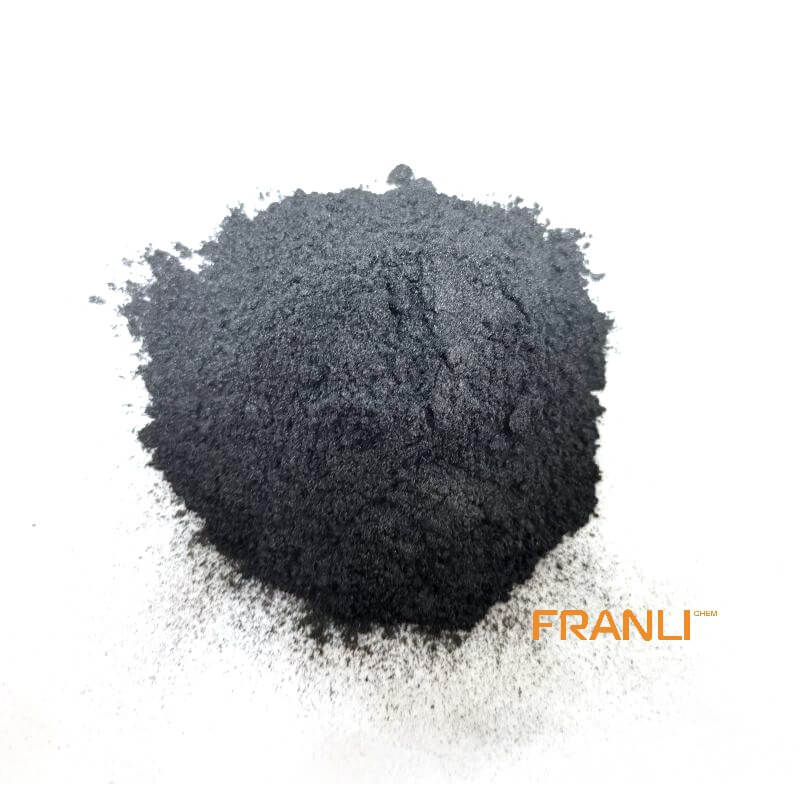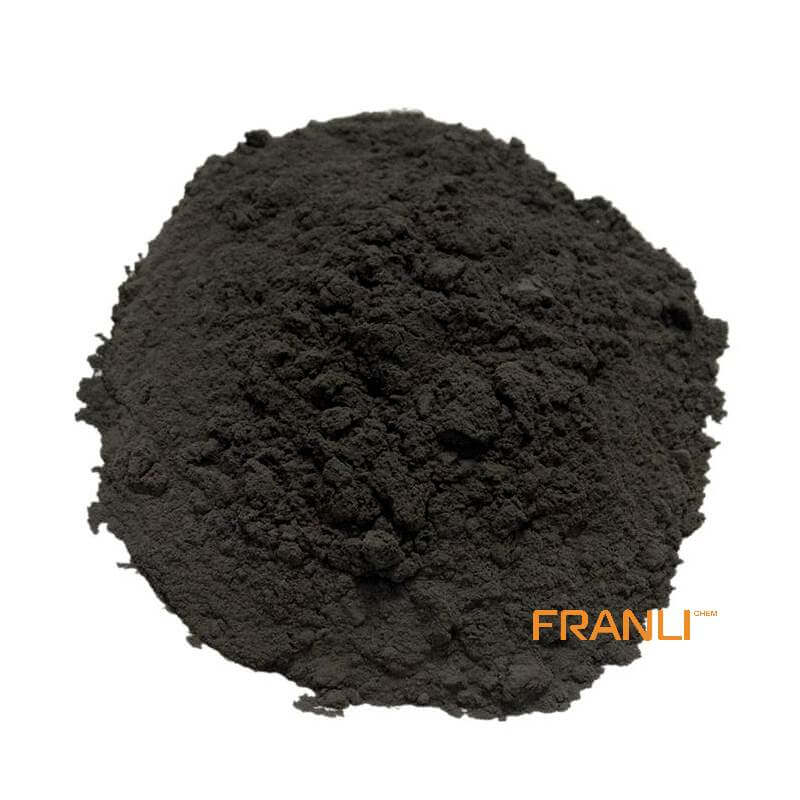

Amorphous Graphite
Size
45μm, 75μm, 150μm, etc
Package
25kg small bags into ton bags or ton bags
Origin
China
Features
Under high temperature conditions, it has special oxidation resistance, etc
Application
Casting coatings, oil field drilling, battery carbon rods, steel, casting materials, refractories, dyes
It is an aggregate of amorphous graphite. The crystal form can be seen only under the electron microscope. Amorphous graphite ore is gray black and steel gray, generally dull, with dense massive, earthy, layered, and lamellar structures. This kind of graphite lacks luster, its lubricity is lower than that of flake graphite, and its selectivity is poor. However, the grade is high, the carbon content is generally 60% ~ 80%, a few are up to more than 90%, the ash content is 15% ~ 22%, the volatile content is 1% ~ 2%, and the moisture content is 2% ~ 7%.
Request a quoteAmorphous graphite, also known as earthy graphite, is a deep metamorphic product of carbonaceous substances in rock formations through thermal decomposition (such as metamorphism from coal). Or aphanitic graphite derived from aerogenesis, with a carbon content of 60% to 80%.
Earthy graphite has deep metamorphism and belongs to high-quality microcrystalline graphite. Most of it is graphite carbon. Affected by acid and alkali, earthy graphite has less harmful impurities, low content of iron, sulfur, phosphorus, nitrogen, molybdenum, and hydrogen.

Amorphous graphite classification
Amorphous graphite, that is, earthy graphite, is also microcrystalline graphite and black lead powder. Amorphous graphite does not really have graphite crystals like his name, but its crystals are too small and have a microcrystalline structure. X-ray analysis shows that amorphous earthy graphite contains 15%~45% crystallized graphite, so amorphous graphite is also called microcrystalline graphite. Amorphous earthy graphite can be divided into two types according to its output form: dispersed earthy graphite ore and dense massive earthy graphite ore.
(1) Dispersed earthy graphite ore mainly occurs in the broken zone or cleavage fissure surface of flake graphite ore, and has a mylonitic structure. The composition is complex and unstable, mainly composed of plagioclase, quartz, graphite, tremolite, chlorite and so on. The scales are squeezed and broken into tiny fragments, some of which are in the shape of black stars, whose crystal shape is difficult to identify with the naked eye. The ore grade is low, generally 2% to 3%, and has no industrial value.
(2) Dense massive earthy graphite ore is mostly formed by thermal metamorphism in coal fields. The ore is black dense block with a series of characteristics ranging from graphite to anthracite. Graphite content varies, generally 60% to 80%, the lowest 15%, and the highest more than 90%. In addition to graphite, the constituent minerals include sericite, quartz, pyrite, calcite, limonite, clay, etc. This is the main feature of earthy graphite.

The role of earthy graphite in the foundry industry
In the foundry industry, coating graphite on the surface of a solid can form a smooth film with strong adhesion. This is the good coating performance of graphite, and it is a good casting release agent. Graphite powder commonly used in casting There are crystalline graphite powder (flaky graphite powder) or aphanitic graphite powder (earthy graphite powder, also known as microcrystalline graphite powder, black lead powder). So far, many small township factories that produce small thin-walled parts by hand molding do not add coal powder to the molding sand, but use a soft brush to brush earthy graphite powder on the surface of the wet sand mold, and the casting surface is quite smooth. Although graphite powder does not form bright carbon when pouring molten iron, the wetting angle of graphite to molten iron is much greater than 90°, that is, the sand mold is not wetted by molten iron. Moreover, the pores on the surface are blocked by soil graphite powder, and the molten iron is not easy to penetrate and penetrate into the sand grains, which can prevent the casting from sand sticking and improve the surface finish of the casting. Graphite powder has a good lubricating effect, which improves the compact fluidity of the molding sand, reduces the gas permeability, reduces the ejection resistance of the sample, and improves the ejection performance of the molding sand.
The vast majority of amorphous stone is graphite carbon, chemically stable, not affected by strong acids and alkalis. At present, because amorphous graphite has a significant role in the industrial field, can reduce some metal materials, the demand for amorphous graphite is gradually increasing. The Franli company can provide high-quality amorphous graphite at the right price, you can contact us if needed.



